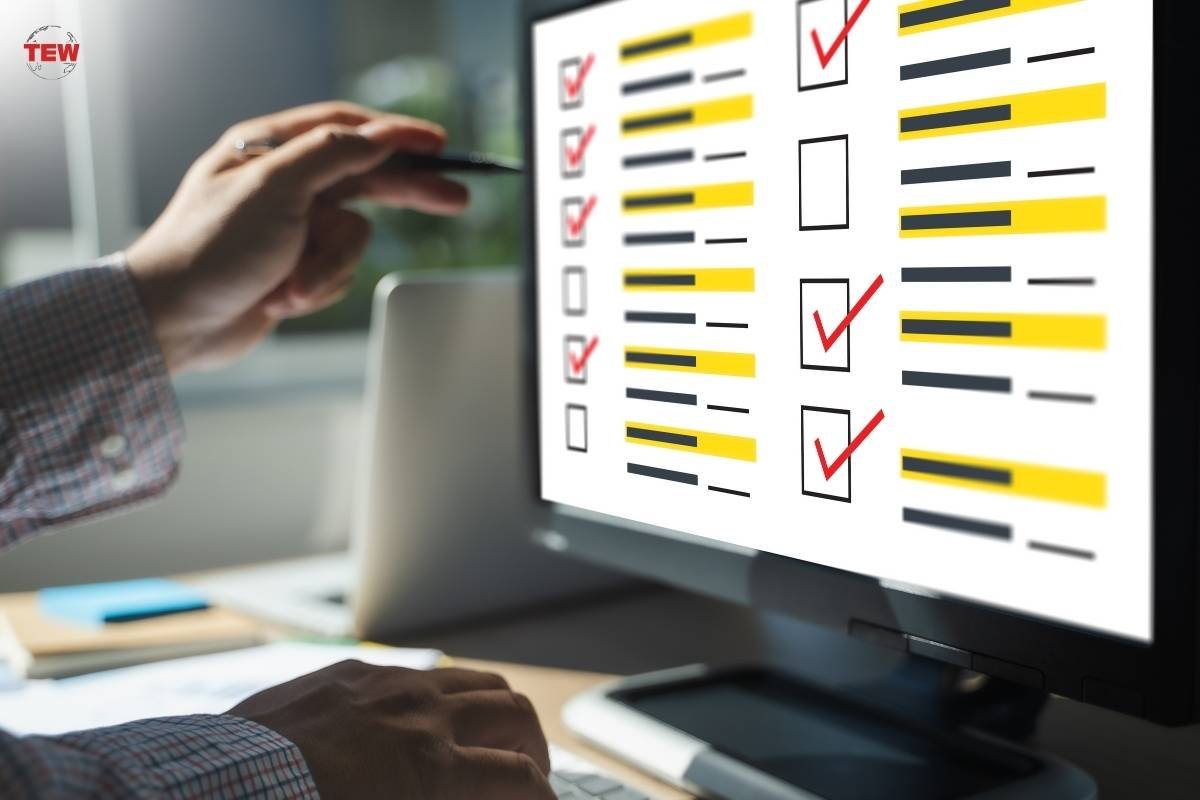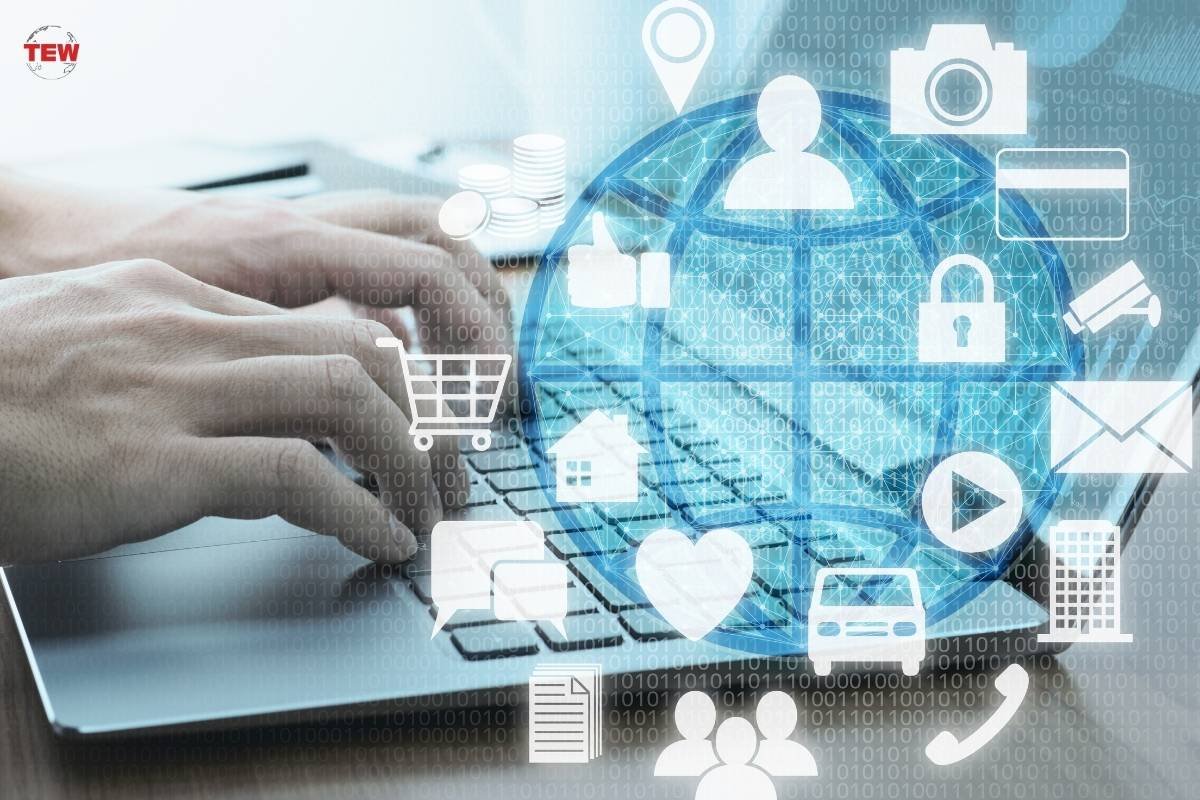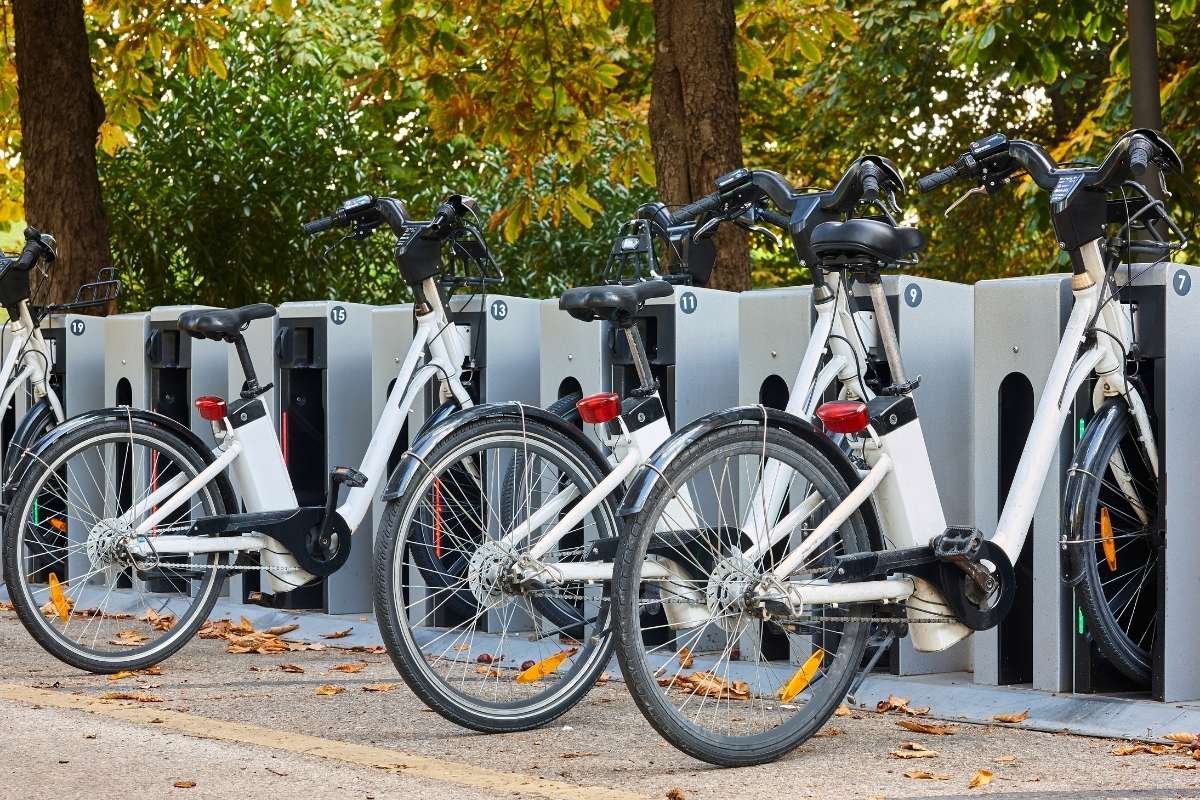Urban transportation is the heartbeat of any city, facilitating the movement of people and goods, ensuring economic vitality, and enhancing quality of life.
However, as urban populations continue to swell, traditional transportation networks increasingly grapple with challenges such as congestion, pollution, and inefficiencies.
It’s clear that a transformation is needed—a shift that leverages modern technology to foster more efficient, sustainable, and user-friendly transportation systems.
Data collection and integration lie at the core of this transformative process, offering innovative solutions that can adapt to the evolving demands of urban mobility.
Data In Urban Transportation
Data plays a pivotal role in shaping urban transportation, impacting nearly every aspect, from planning and operation to user experience and sustainability. Here are some ways in which data influences urban transportation:

- Traffic Management: Real-time data analysis facilitates the implementation of smart traffic signals that dynamically adapt to reduce congestion and enhance traffic flow efficiency.
- Public Transportation Planning And Operations: Analyzing data from ticket sales, GPS tracking, and passenger counts enables transit agencies to refine routes and schedules, optimizing service delivery to match demand.
- Ride-sharing and Mobility-as-a-Service (MaaS): Data analytics power ride-sharing and MaaS platforms, enabling them to efficiently align supply with demand and offer personalized travel solutions through integrated transport modes.
- Infrastructure Development: Utilization of traffic, accident, and wear data informs the strategic prioritization of infrastructure projects, ensuring investments align with actual needs and patterns of use.
- Safety And Security: Data-driven identification of high-risk areas enables targeted safety and security enhancements, such as improved lighting and traffic calming measures.
- Environmental Monitoring And Sustainability: Analyzing vehicle emissions and usage patterns aids in crafting strategies for more sustainable urban transport, supporting the shift towards greener options.
- User Experience: Leveraging data to personalize travel-related information enhances user convenience, promoting the use of public and sustainable transport options.
- Policy And Regulatory Frameworks: Data-centric analysis underpins the formulation of policies aimed at creating more efficient, sustainable, and equitable transportation ecosystems.
In essence, data serves as the foundation for intelligent transportation systems (ITS) that make urban transport more efficient, accessible, and sustainable. It enables a shift from traditional, reactive approaches to proactive, data-driven decision-making.
Data Collection
Collecting data on transportation involves various methodologies and technologies, each suited to different aspects of transportation systems.
Although deploying a portable video-based data collection solution offers efficiency, it’s important to consider a variety of other methods to ensure comprehensive data acquisition.

- Surveys And Questionnaires: They capture insights into travel behaviour and preferences through various formats, offering valuable qualitative data on user satisfaction and travel motivations.
- Automatic Fare Collection Systems (AFC): AFCs gather detailed data on passenger movements within public transit systems, aiding in the analysis of travel patterns and demand.
- Global Positioning System (GPS) Devices: GPS technology delivers precise data on the movement of vehicles and individuals, which is crucial for optimizing traffic management and route planning.
- Automatic Vehicle Location Systems (AVL): AVL technology enhances public transit efficiency by providing real-time data on vehicle locations, aiding in fleet management and route scheduling.
- Traffic Counters And Sensors: These instruments are essential for assessing traffic flow and congestion, as well as informing traffic control and infrastructure development strategies.
- Closed-Circuit Television Cameras (CCTV): CCTV aids in monitoring traffic and transit conditions, with video analytics offering insights into traffic volumes and patterns.
- Smartphone Apps: Transportation apps leverage user data to refine urban transit planning and offer customized travel advice, improving overall transport efficiency.
- Social Media And Crowdsourced Information: This data source offers real-time insights into public opinions and incident reporting, enriching urban transportation analysis and response strategies.
- Environmental Sensors: They monitor the environmental impact of transportation, providing data crucial for promoting sustainable urban transit solutions.
- Connected And Autonomous Vehicles (CAVs): CAVs contribute extensive data on their operation and surroundings, supporting advances in vehicle safety, traffic management, and smart city development.
The choice of data collection methods depends on the objectives of the study or the specific needs of the transportation system being analyzed. Often, a combination of these methods is used to obtain a comprehensive understanding of transportation dynamics.
Data Integration
Integrating data to improve urban transportation involves a multifaceted approach, focusing on the collection, analysis, and application of data from diverse sources to inform decision-making, policy development, and service delivery. Here’s how the process typically unfolds:

- Data Collection And Aggregation: Compile and unify data from diverse sources like traffic sensors and social media, ensuring interoperability to create an extensive urban transportation dataset.
- Data Cleaning And Normalization: Standardize and cleanse data from various origins to ensure accuracy and consistency, readying it for comparative and integrative analysis.
- Data Analysis And Modeling: Analyze cleaned data using statistical and machine learning methods to identify patterns and inform on traffic, demand, and safety improvements.
- Integration With Planning And Operational Tools: Incorporate analytical insights into planning tools and operational systems like GIS and traffic management for evidence-based decision-making.
- Development Of Data-Driven Solutions: Utilize data insights to craft targeted solutions for urban transport challenges, such as route optimization and infrastructure planning.
- Monitoring And Feedback Loops: Continuously collect and analyze data post-implementation to evaluate interventions’ effectiveness and guide necessary adjustments.
- Public Engagement And Transparency: Foster public participation and openness by sharing data and insights, encouraging community feedback and support for transportation initiatives.
Integrating data into the improvement of urban transportation is a dynamic, ongoing process that requires collaboration across government agencies, private sector partners, and the community. By leveraging data effectively, cities can create more efficient, sustainable, and equitable transportation systems that meet the needs of their residents.
Takeaway
Urban transportation stands at a transformative junction where the integration of diverse data sources can significantly enhance efficiency, sustainability, and accessibility.
Through advanced data collection and analysis, cities can redesign transportation systems to better meet the needs of their growing populations. This shift towards data-driven decision-making marks a pivotal step in developing smart, resilient urban environments for the future.






